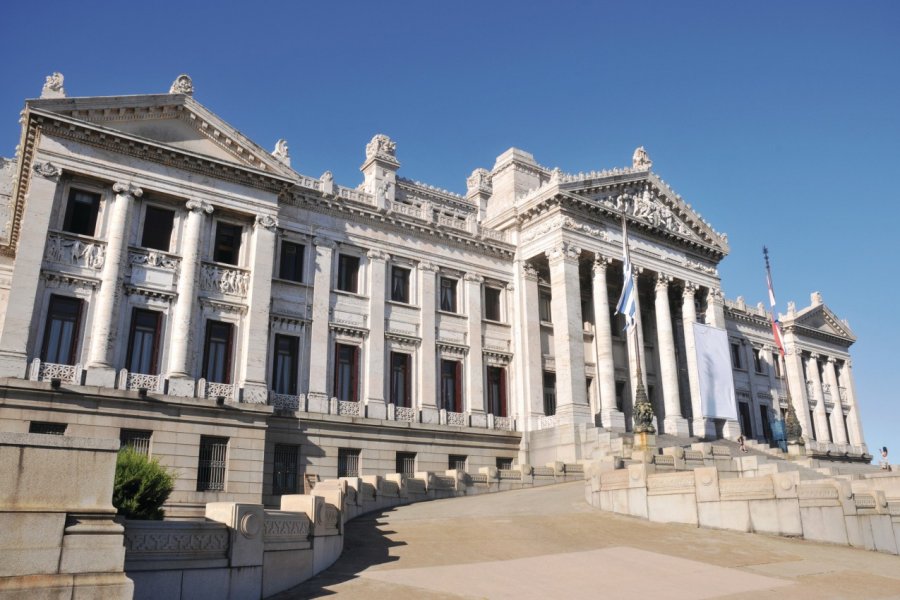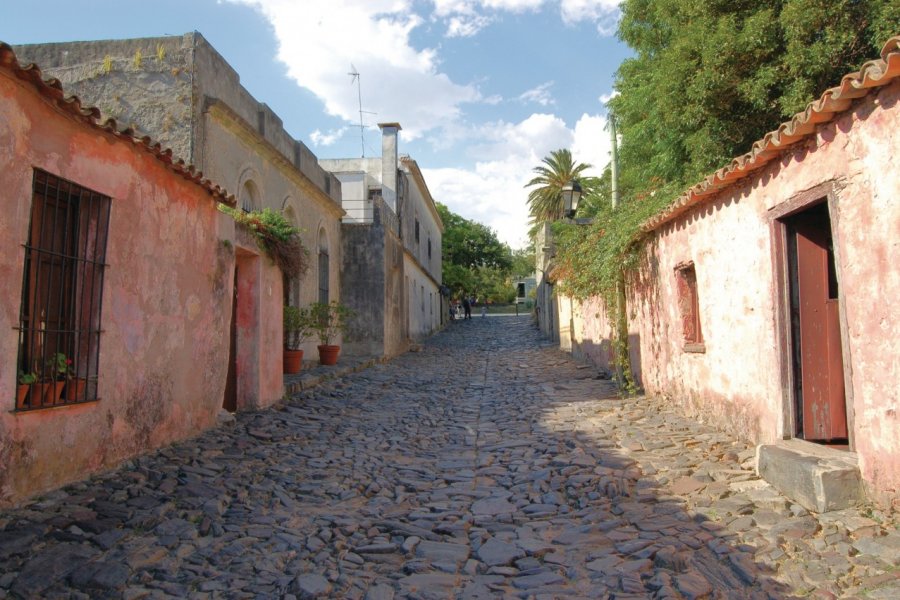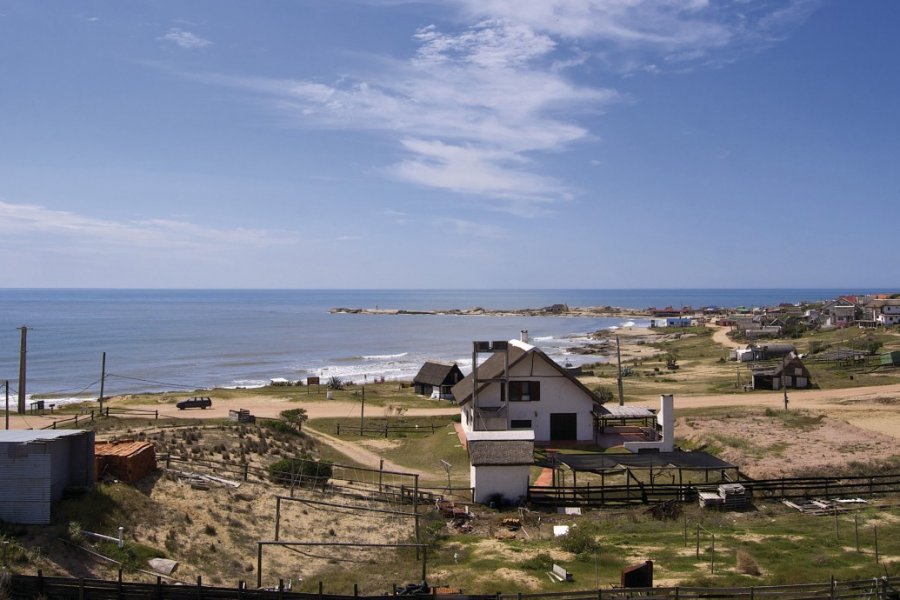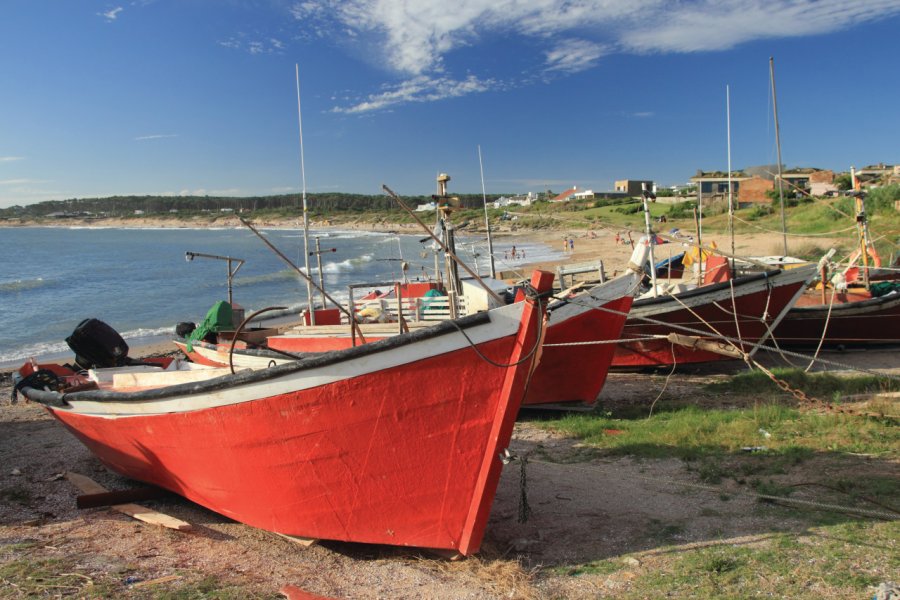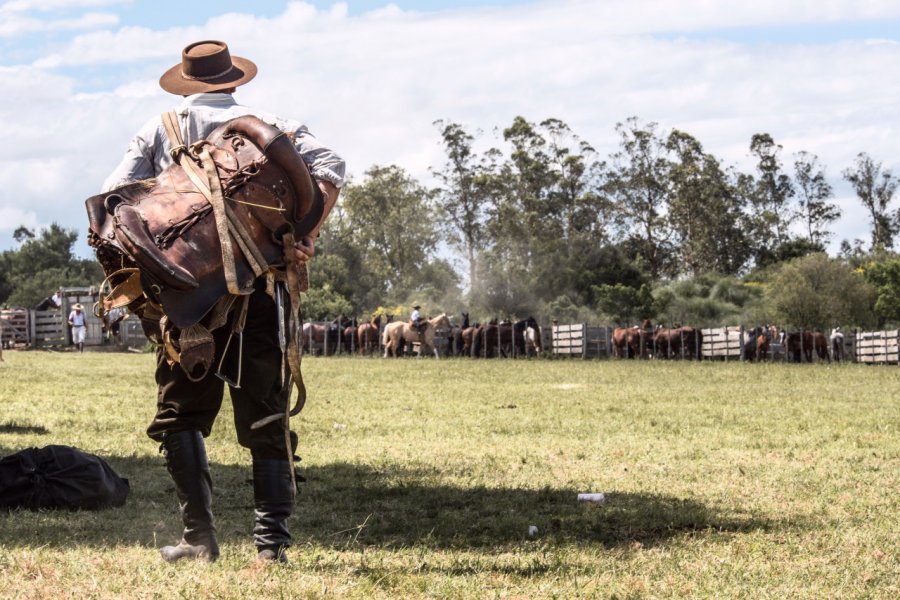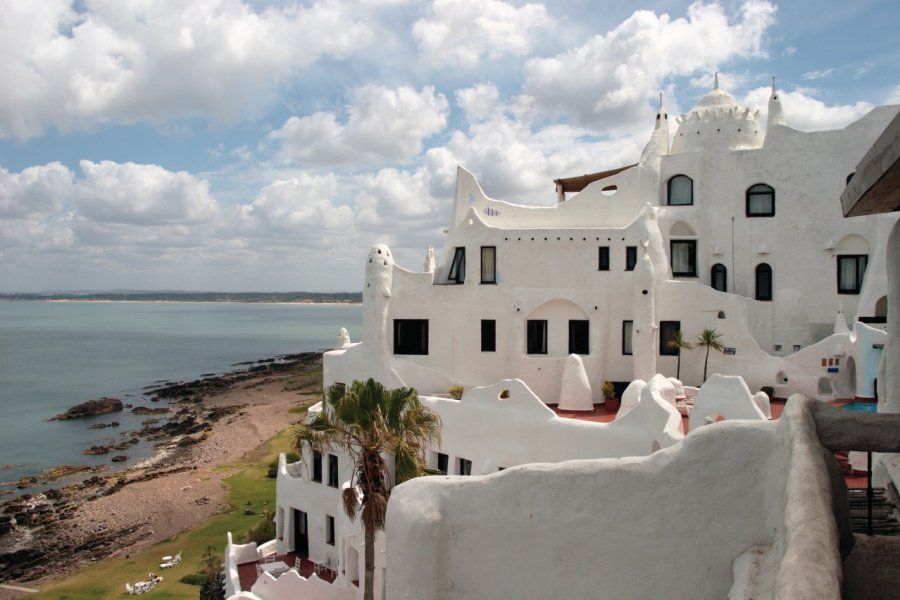What to see, what to do Uruguay?
The 10 good reasons to go Uruguay

A renowned carnival
For 40 days, colorful and spectacular parades take place throughout the country.

Peace of mind
"Todo tranqui", the unofficial motto of the Uruguayans, seems to be engraved in their DNA.

The culture of the gauchos
Who better than the guardians of ancestral traditions to teach you horseback riding?

The cows' paradise
A country where cows (3 per capita) are treated like family members!

Virgin and endless beaches
Bordered sometimes by the Atlantic Ocean, sometimes by the Rio de la Plata.

Eclectic architecture
From colonial and neoclassical buildings to modernist and art nouveau buildings.

A safe and secure environment
Uruguay is one of the safest countries in Latin America, with a low crime rate.

The passionate rhythms of tango
An enchanting dance that transports you into the history and culture of the country.

Egalitarian and progressive society
Uruguay is the leader in Latin America in terms of human rights and the environment.

A popular wine destination
Visit little known but excellent vineyards while enjoying the beauty of the landscape.
What to visit Uruguay?
Good to know to visit Uruguay
 Timetable
Timetable
The first thing to know is that Uruguay is a country of contrasts. The resorts, museums and monuments are crowded in high season, but in low season you can almost hear the flies flying. Museums are generally open from Tuesday to Sunday, from 10am to 6pm. However, this information should be taken with a pinch of salt, because depending on the season, the city or the museum, the hours may vary. Don't forget to ask before you go, so that you don't end up in front of a closed door!
 To be booked
To be booked
Imagine arriving in Uruguay without a reservation, full of enthusiasm for Carnival. From January to March, the streets are bustling, the costumes are sparkling and the music is lively. But then, when it's time to look for a place to stay or a restaurant to enjoy the local cuisine, you find that everything is booked up. A much less festive scenario, isn't it? So to avoid turning your trip into a nightmare, start booking your flights, accommodations and activities months in advance!
 Budget & Tips
Budget & Tips
In general, the entrance fee for museums is about $250. Most museums in Montevideo are free, but some, such as the Andes 1972 Museum, the Football Museum, the Carnival Museum, the Torres García Museum, the Gurvich Museum and the Tango Museum, require an entrance fee. The Pase Museos allows access to five museums, including MAPI, the Torres García Museum, the El Juguetero Museum, the Andes 1972 Museum, and the Gurvich Museum, for a fee of $750 to visit all five museums.
 Main events
Main events
With no less than 12 public holidays, Uruguay is a country where people know how to party. And beware, during these days, stores close and public transport is scarce. Be prepared and keep in mind these important dates: January 1 (New Year's Day), January 6 (Three Kings' Day), February 12 (Carnival, date for 2024), Easter, April 17 (Day of the 33 Orientals), May 1 (Labor Day), July 18 (Constitution Day), July 19 (Artigas' Birthday), August 25 (Independence Day), October 12 (Race Day), November 2 (Day of the Dead) and December 25 (Family Day, Christmas) During these holidays, Montevideo empties while the beach towns see their population explode. Easter, also known as "Tourism Week", is a time when Uruguay is invaded by crowds of tourists from all over Latin America. However, the majority of tourist establishments will close during this period, as Uruguayans prefer to enjoy time with their families. One could call it irony, but if you think about it, it's good for them! As for the Carnival celebration, it takes place on the Monday and Tuesday before Ash Wednesday (the beginning of Lent). In addition, on Labor Day, May 1st, you will notice an almost total absence of public transportation. Finally, on Christmas Eve and New Year's Eve, almost all establishments are closed. Cabs and buses stop operating around 4 p.m. and only resume their service between 5 and 6 a.m.
 Guided tours
Guided tours
In Uruguay, tours are usually offered in Spanish, but rest assured that most guides also speak English. City tours (on foot, by bicycle or by car) abound in major cities such as Montevideo, Colonia and Punta del Este - don't forget to show your appreciation by leaving a tip! Most museums also offer guided tours; however, it is advisable to contact them in advance to ensure the availability of a guide. Oenophiles can explore the vineyards and taste exceptional wines with some specialized agencies, especially near Montevideo and Carmelo. To book a tour, check the websites of local travel agencies and specialized companies, or contact them directly via WhatsApp.
 Smokers
Smokers
In Uruguay, smoking in public places has been strictly forbidden since 2006 under the anti-smoking law, in order to protect public health and violators risk fines and penalties.
 Tourist traps
Tourist traps
As far as tourist traps in Uruguay are concerned, it is good to know that Uruguayans are known for their great kindness, their exemplary honesty and their boundless hospitality. Encounters with crooks or thieves are particularly rare. That being said, it is always important to be vigilant and use common sense when traveling.
 What's very local
What's very local
Uruguay is a country where the love for outdoor activities is deeply rooted in the culture. Hikes in parks, picnics on the hills and contemplative walks are an integral part of Uruguayan daily life. During the summer and the Tourist Week, the coastal and Atlantic beaches, with their white sand and crystal clear waters, are also a natural refuge for vacationers, where they can swim, sunbathe, surf or kite surf. Finally, cultural events such as the Carnival, the Festival Andresito le Canta al País, the Fiesta de la Patria Gaucha and the Heritage Day attract many locals to celebrate their rich cultural heritage.


